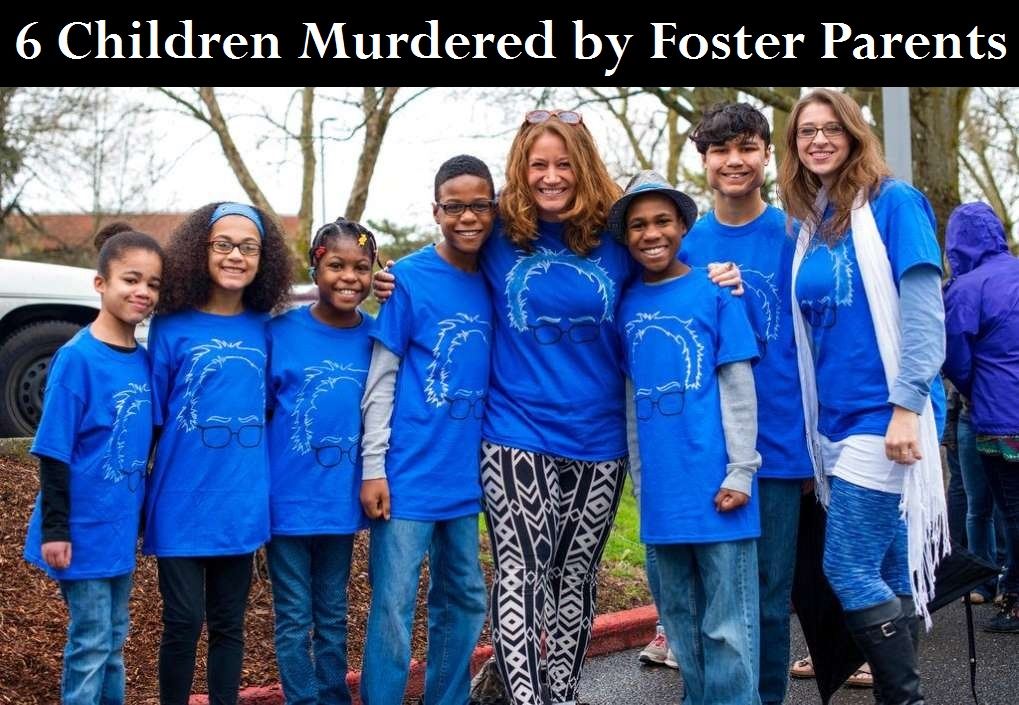
Jennifer Jean Hart and her spouse, Sarah Hart with their 6 adopted children just before the couple allegedly committed murder and suicide by driving off the road in California on March 26, 2018, crashing into the Pacific Ocean. The couple was being investigated for allegations of abuse. Photo: Tristan Fortsch, HONS / Associated Press. (Source.)
by Brian Shilhavy
Editor, Health Impact News
We have previously reported about a lawsuit in Florida where dozens of parents were suing the State for illegally taking their children away from them. This has been an ongoing problem in Florida, where children are taken away from families who love them, and put into the foster care system where they are often sexually abused and trafficked.
See some of our previous coverage of this issue:
Florida Parents Beware! Your Children are NOT Safe! Pastors and Foster Parents in Florida are Sexually Trafficking Children
Florida Group Homes in Foster Care are Pimping and Sexually Trafficking Children
Families Sue Governor DeSantis and State of Florida for Medically Kidnapping Their Children
Has Florida Become the Top State in the U.S. for Medical Kidnapping and Child Trafficking?
USA Today Reports How Florida Takes Children Away from their Parents and Puts Them with Pedophiles in Foster Care
The original lawsuit filed last year has since been thrown out by a judge calling it a “shotgun complaint.” The lawsuit accused the State of taking away their children illegally, and placing them with strangers instead of placing them with relatives.
Many parents and their attorney have now amended that lawsuit and refiled it on the grounds that their Constitutional rights have been violated. Interestingly, Gov. Ron DeSantis, who was a defendant in the original lawsuit, seems to have been dropped in the amended lawsuit.
Local ABC affiliate WFTS reported on the new lawsuit.
TAMPA, Fla. — Relatives who claim Florida’s child welfare system broke their families apart aren’t giving up despite a judge dismissing their original complaint earlier this year, calling it a “shotgun complaint.” The term is used to describe legal complaints that are too broad, contain too many accusations, and lack clarity on what plaintiffs are seeking.
“As long as there’s breath, we’re going to fight. We’re not going to stop,” said Lisa Crutch, whose granddaughter was just 12 weeks old when she was removed from her biological parents in 2017 after a nurse suspected abuse.
Nine months ago, Crutch’s family filed a lawsuit accusing the Florida Department of Children and Families (DCF) and its contracting agencies of lying, falsifying documents or manipulating facts to keep children from being placed with biological family members.
But in a newly amended lawsuit filed just last month, Crutch’s family, along with eight other families, are accusing Florida’s foster care system of violating their First Amendment Rights by having “customs and policies” that separate siblings, ignore family visitation rights and deprive able and willing family members from getting custody of young relatives.
WFLA, a local NBC affiliate out of Tampa, also just published an investigative report explaining how Florida’s Child Welfare system has a near 100% turn over rate in staffing, creating massive labor shortages in the system that seems to routinely kidnap and traffick children.
One arm of Florida’s Department of Children and Families was hit with a complete turnover of its staff over the past two fiscal years and turnover rates for other positions were also high.
Data released in DCF’s expenditure report in October indicates during that two-year period the turnover rate was 85% for critical care staff positions at the State Mental Health Treatment Facilities (MHTF).
The report stated that includes a rate of over 100% for MHTF Human Services worker positions.
Turnover was said to be 71% for Child Protective Investigators (CPI) and 56% for Adult Protective Investigators (API) in fiscal 2021-2022.
The agency said the issues have forced some employees to work 16-hour shifts, provoking other problems.
“This has caused employee burnout and has led to an increase in the use of sick leave,” the DCF report stated.
Richard Wexler, Executive Director of the National Coalition for Child Protection Reform, blames the shortage on the state taking custody of too many children.
“Florida has had a take the child and run mentality for nearly 25 years,” Wexler said. “They have flooded the system with false allegations, trivial cases and family poverty is confused with neglect. That’s what causes the overload.” (Source.)
More Voices Now Calling for an End to the Child “Welfare” System that Trafficks Children
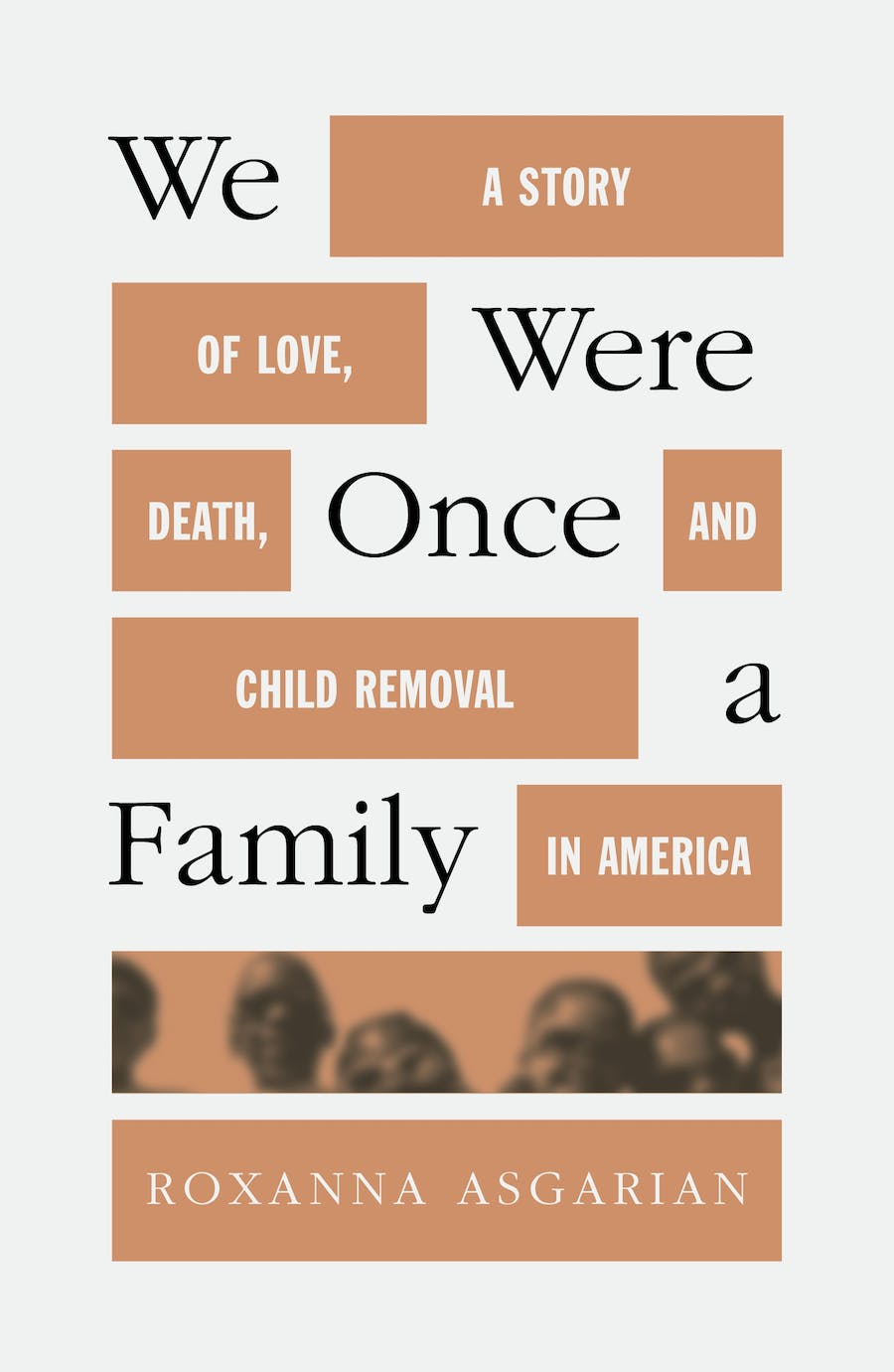
Book cover for “We Were Once a Family: A Story of Love, Death, and Child Removal in America,” by Roxanna Asgarian. Image source.
The late Georgia Senator Nancy Schaefer was one of the first to call for an end to the nation’s Child Welfare System over a decade ago, and it cost her her life. See:
Senator Nancy Schaefer: Did her Fight Against CPS Child Kidnapping Cause her Murder?
But a couple of new books just published this year, 2023, show that others have now taken up the call to end the nation’s child trafficking system that is so wrongfully referred to by such terms as “Child Welfare” and “Child Protection Services.”
One of those is attorney Jane M. Spinak, the Edward Ross Aranow Clinical Professor of Law Emerita at Columbia Law School, and her book: The End of Family Court: How Abolishing the Court Brings Justice to Children and Families.
At the turn of the twentieth century, American social reformers created the first juvenile court. They imagined a therapeutic court where informality, specially trained public servants, and a kindly, all-knowing judge would assist children and families. But the dream of a benevolent means of judicial problem-solving was never realized. A century later, children and families continue to be failed by this deeply flawed court.
Spinak proposes concrete steps toward abolishing the court: shifting most family supports out of the court’s sphere, vastly reducing the types and number of matters that need court intervention, and ensuring that any case that requires legal adjudication has the due process protections of a court of law. She calls for strategies that center trusting and respecting the abilities of communities to create and sustain meaningful solutions for families. (Source.)
Spinak has been blowing the whistle on the corruption in the Child Welfare System for a few years now.
In 2021 she published an article in the Columbia Journal of Race and Law stating that the system needed to be abolished.
We call for abolition of the family regulation system, the term we use as a more accurate description of what is commonly called the child welfare or child protection system.
We situate this call in the context of the more developed movement for prison abolition. The current system is predicated on seeing individual parents as a risk to their children.
It fails to see the strengths and resilience of parents and families; the harms of surveillance and removal; and the structural forces that harm children by failing to invest in adequate housing, income, child care, health and mental health services, and educational opportunities for all families.
Abolition provides the transformative mind-set that will enable loving and strengthened families to raise happy, healthy, safe, educated, and imaginative children. (Source.)
Another book that was just published, We Were Once a Family: A Story of Love, Death, and Child Removal in America, by Roxanna Asgarian, covers the tragic story of Jennifer and Sarah Hart, a lesbian married couple who had adopted six Black children from two different Texas families in 2006 and 2008, and then together drove them off a cliff beside the Pacific Coast Highway in California in 2018 in an alleged murder suicide.
On March 26, 2018, rescue workers discovered a crumpled SUV and the bodies of two women and several children at the bottom of a cliff beside the Pacific Coast Highway.
Investigators soon concluded that the crash was a murder-suicide, but there was more to the story: Jennifer and Sarah Hart, it turned out, were a white married couple who had adopted the six Black children from two different Texas families in 2006 and 2008.
Behind the family’s loving facade, however, was a pattern of abuse and neglect that went ignored as the couple withdrew the children from school and moved across the country. It soon became apparent that the State of Texas knew very little about the two individuals to whom it had given custody of six children—with fateful consequences.
In the manner of Adrian Nicole LeBlanc’s Random Family and other classic works of investigative journalism, Roxanna Asgarian’s We Were Once a Family is a revelation of vulnerable lives; it is also a shattering exposé of the foster care and adoption systems that produced this tragedy.
As a journalist in Houston, Asgarian became the first reporter to put the children’s birth families at the center of the story.
We follow the author as she runs up against the intransigence of a state agency that removes tens of thousands of kids from homes each year in the name of child welfare, while often failing to consider alternatives.
Her reporting uncovers persistent racial biases and corruption as children of color are separated from birth parents without proper cause. The result is a riveting narrative and a deeply reported indictment of a system that continues to fail America’s most vulnerable children while upending the lives of their families. (Source.)
Many in the corporate media have picked up the story that Asgarian’s book reveals. Jennifer Szalai wrote a review of the book in The New York Times:
“[Asgarian] knows that abolishing #fostercare as it’s currently practiced might sound not only undesirable but almost inconceivable to many people — myself among them, at least before the book unsettled some of my assumptions …”
An excerpt from the book has been published in several corporate media publications, and I am going to end this article with some excerpts from Asgarian’s book.
As someone who has reported on these issues for over a decade now, and the one who first coined the term “Medical Kidnapping” back in 2013, I know how difficult it is for journalists to cover this topic, and try to expose it.
I have been threatened by judges, attorneys, and wealthy people, and have even faced a criminal complaint wrongly filed against me in one of the largest criminal courts in the world, which took me over two years to clear my name, in order to bring this information to the public.
It is so gratifying to see others now come forward and expose this very evil, very Satanic system we call “Child Welfare” here in the U.S.
I have no hope that this exposure will change or abolish the system, because the people who control it and control this nation are led by pedophiles and wealthy psychopaths who sit in positions of power at the top, and also control the judiciary. See:
Justice for Sale – Why the Criminals Running the U.S. Will Continue to Operate Until the Corrupt Judicial System is Replaced
As the empire known as the United States of America now begins to collapse, and perhaps faces judgment from a higher source, look no further than how this nation treats their most helpless members of our society for a reason why.
Book excerpt: ‘We Were Once a Family’
By Roxanna Asgarian
I wrote my first stories about the U.S. foster care system in 2016, while I was working at a city magazine in Houston, Texas. I began by looking deeply at the federal lawsuit against the state for its inhumane treatment of children in long-term foster care. I spent hours and days interviewing people and reading the case file of one of the plaintiffs, Trish Virgil.
After being removed from her mother’s care because her stepfather had physically and sexually abused her, Trish was bounced around various foster homes and institutions for years before aging out.
Once she left care, she ended up right back in the same trailer with her mother and stepfather; she had nowhere else to go. Her story was harrowing, but it was far from unique.
In the years since, I have spoken to dozens of young people with lived experience in foster care, and in every single case these folks endured some type of abuse—after they entered care.
What we call the “child welfare system” is actually a large web of state, county, and city agencies that each run their own operations, with their own rules and procedures, all with the main goal of protecting children from child abuse and neglect.
Because of the sometimes overlapping patchwork of agencies involved, and the fact that most child abuse and neglect cases and adoption cases from foster care are sealed, the child welfare system is a difficult one to report on.
The general understanding of the system, which is responsible for about 425,000 children around the country, is vague at best, and many people hold misconceptions about the parents and children who become entangled within it.
Mainstream media outlets often report about the child welfare system only when major cases of child abuse happen; without systemic analysis, these stories can end up promoting more punitive policies aimed at families who need help.
In fact, about 75 percent of child welfare cases involve not abuse but neglect, which can often be caused by or confused with poverty.
When reports emerged that two women, a married couple, had crashed their car into the ocean in late March 2018, killing themselves and their six adopted children, I was struck by all the details that were coming out.
My friend Shane Dixon Kavanaugh and his team were publishing breaking news stories for The Oregonian, Portland’s daily newspaper, that revealed long-term abuse by the two white adoptive mothers against their six Black children.
Those stories began to paint a sinister picture of the family. When I saw that some of the children came from Harris County, Texas, where I live, I was struck by a gut feeling: I knew that there was much more to this story, and that it started earlier, way earlier, when these kids were still in their homes with their birth parents.
Two weeks after the crash, my phone rang. It was Shane, calling from his office in Portland, and I knew what he was going to say before the words came out of his mouth. Yes, I told him. I can find the kids’ birth parents, and I can speak with them.
As a journalist, I was most interested in looking at who has power and who does not—my aim was to write stories that hew closely to the perspective of the people without power, instead of assuming the perspective of those with it.
I had done quite a few sensitive interviews by then and had been witness to many people affected by crimes, in the stage when their grief was still shock. Even so, when I first met the Davis family—the relatives of three of the children in the 2018 crash—I was bowled over.
This, this felt different. The family’s pain ran deep. It was a pain that had existed in their lives since they first lost the children a decade before, and now it was double-edged: they were re-experiencing the trauma of the children’s removal, and they were coming to understand that the fantasies they’d told themselves about the lives the children were living were just that, fantasies.
The reality was that the children had not been okay. They had not been cared for. They suffered, and then they died.
They were murdered.
In the media frenzy over the Hart family tragedy, the deeper story got largely overlooked. While many of the big stories focused on Jennifer and Sarah Hart, stories about the children—who they were, where they came from, what happened to their birth families—were mostly absent.
Much of what was written about the kids concentrated only on their harrowing abuse—even as major questions about the child welfare system’s role in the deaths went unanswered.
In the coverage of the crash, mainstream media continued in its long-standing tradition of reporting on foster care and adoption almost exclusively through the lens of adoptive parents, while largely leaving out the experiences of adoptees and birth families.
We like our adoption stories to be happy endings; many people took note of the Hart case because it contradicted what they thought they knew about adoption.
But since there’s a scarcity of in-depth reporting about the child welfare system, people zeroed in on the women’s motivations and intentions, instead of on the biased decision-making and dehumanizing practices that created the conditions that allowed the Harts’ abuse to flourish.
In order for the children’s stories to become the book in your hands, the birth families took a huge leap of faith, opening their homes and lives and histories to me, a stranger. I had no personal experience with the foster care system, but I’d had an unstable childhood home life and could relate to some aspects of these families’ struggles.
Above all, I was struck by the lack of dignity in the way these families were treated, as they repeatedly grieved the loss of their children—first to the state, and then to their murderers.
There is a unique trust that is built between journalist and source over years of spending time and having deep conversations; it’s an honor for me to experience that trust.
This is the hardest work I have ever done, and I have routinely confronted the fact that this reporting affected me deeply, even as I knew that the families experiencing this pain firsthand were actually living it each day—pain that is hard to comprehend, that is overwhelming.
As journalists, we are often taught to stay stoic, to depersonalize situations, to get out of the way of the story.
This ethic has its merits, but it has costs as well.
In this book, I’m not a passive observer of injustice. I note in the text places where I have influenced aspects of the story.
I refer to the girlfriend and son of one Davis family member—Dontay—by their nicknames to be considerate of a child who is still a minor.
In one case, which is also noted in the text, I have used a pseudonym for another child for the same reason. I used a pseudonym for Tammy’s husband, on her request. When Devonte, Jeremiah, and Ciera were adopted by the Harts, the women changed the spelling of Ciera’s name to Sierra. I will use the spelling of her name on her original birth certificate throughout.
This book is a culmination of five years of work. The reporting is based on extensive interviews, traveling to key locations, and studying thousands of pages of foster care case files, criminal case records, and law enforcement investigation documents.
I conducted the present-day reporting in person unless otherwise noted, and I reconstructed past events by conducting in-depth interviews with multiple sources and examining primary documents related to the events.
The work is also informed by my seven years of continuous reporting on the foster care system as a whole.
To investigate the Hart family murder without investigating the role the child welfare system played in it is to ignore the hundreds of thousands of children in foster care around this country, and the physical, sexual, and emotional abuse many of them have experienced while in government care.
Telling this story without reporting on the failures of the system is not telling the whole story. By diminishing the children’s former lives and sidelining their birth families, the media risks reinforcing the same racist structures and actions that allowed the adoptive parents to hang on to the children after numerous allegations of abuse, the very structures and actions that contributed mightily to these children’s deaths.
This book, I hope, is a corrective to that.
Excerpted from “We Were Once a Family: A Story of Love, Death, and Child Removal in America” by Roxanna Asgarian. Published by Farrar, Straus and Giroux, March 2023. Copyright © 2023 by Roxanna Asgarian. All rights reserved.
This article was written by Human Superior Intelligence (HSI)
See Also:
Understand the Times We are Currently Living Through
The Demonic Roots of Christianity: The Christians Jesus Said He Hated
Who are God’s “Chosen People”?
Life in the Spirit versus the Religious Life in the Flesh
KABBALAH: The Anti-Christ Religion of Satan that Controls the World Today
Christian Teaching on Sex and Marriage vs. The Actual Biblical Teaching
Exposing the Christian Zionism Cult
The Bewitching of America with the Evil Eye and the Mark of the Beast
Jesus Christ’s Opposition to the Jewish State: Lessons for Today
Identifying the Luciferian Globalists Implementing the New World Order – Who are the “Jews”?
The Brain Myth: Your Intellect and Thoughts Originate in Your Heart, Not Your Brain
The Seal and Mark of God is Far More Important than the “Mark of the Beast” – Are You Prepared for What’s Coming?
The Satanic Roots to Modern Medicine – The Image of the Beast?
Medicine: Idolatry in the Twenty First Century – 10-Year-Old Article More Relevant Today than the Day it was Written
Having problems receiving our emails? See:
How to Beat Internet Censorship and Create Your Own Newsfeed
We Are Now on Telegram. Video channels at Bitchute, and Odysee.
If our website is seized and shut down, find us on Telegram, as well as Bitchute and Odysee for further instructions about where to find us.
If you use the TOR Onion browser, here are the links and corresponding URLs to use in the TOR browser to find us on the Dark Web: Health Impact News, Vaccine Impact, Medical Kidnap, Created4Health, CoconutOil.com.






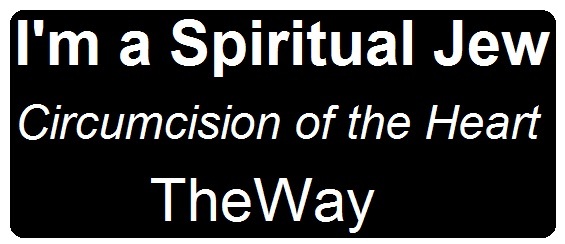

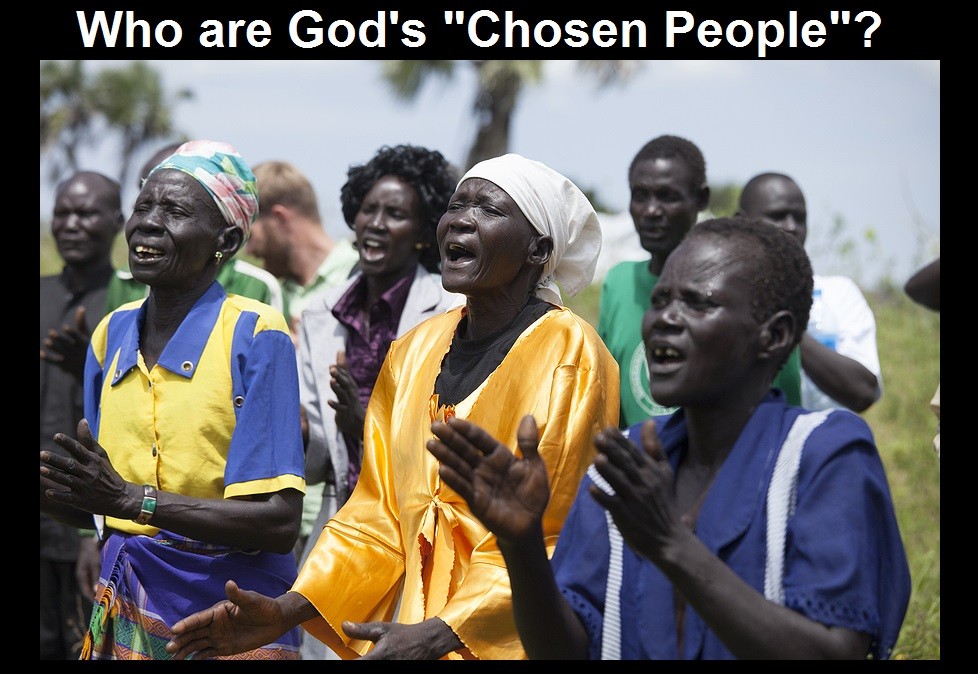



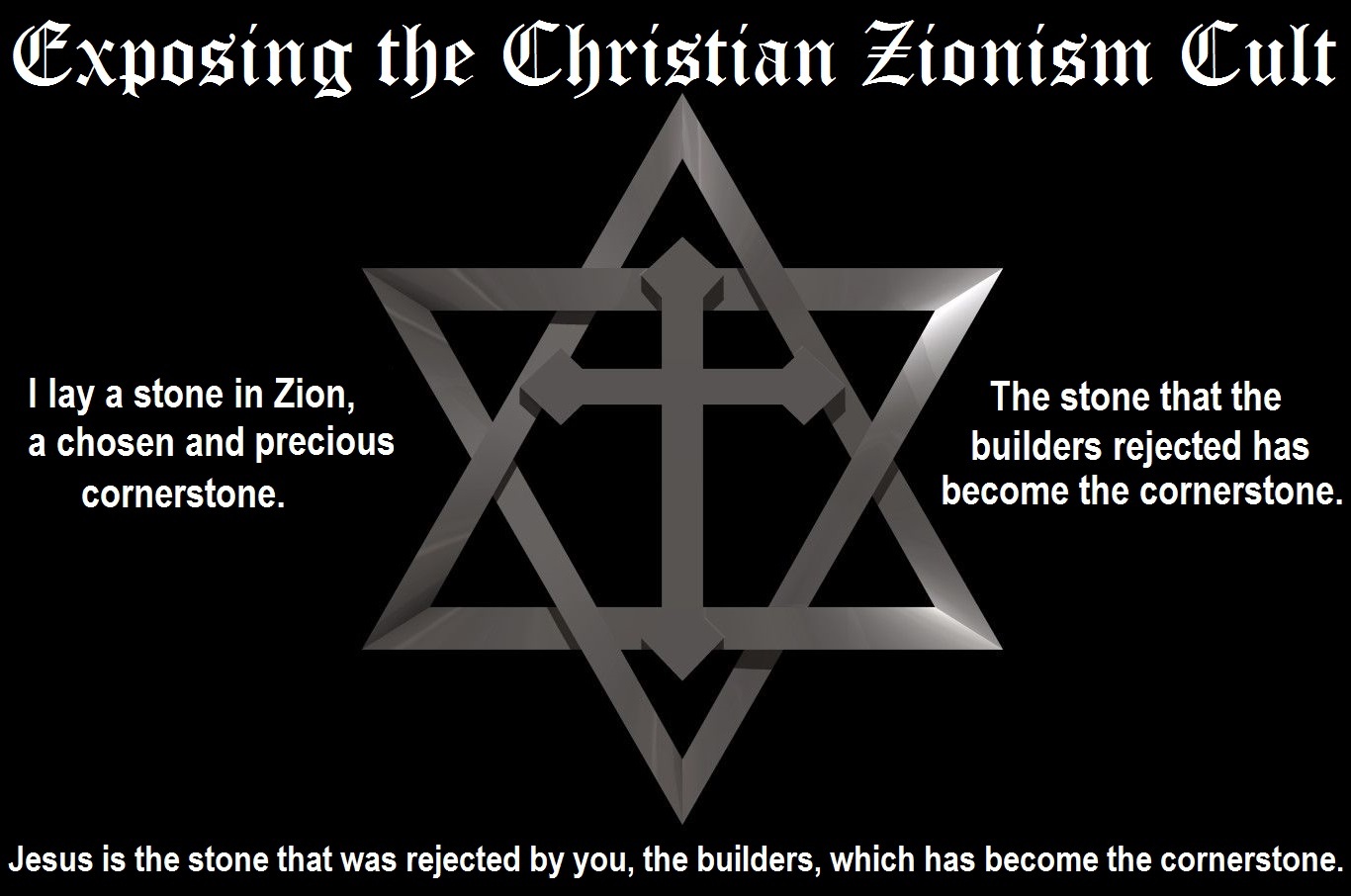
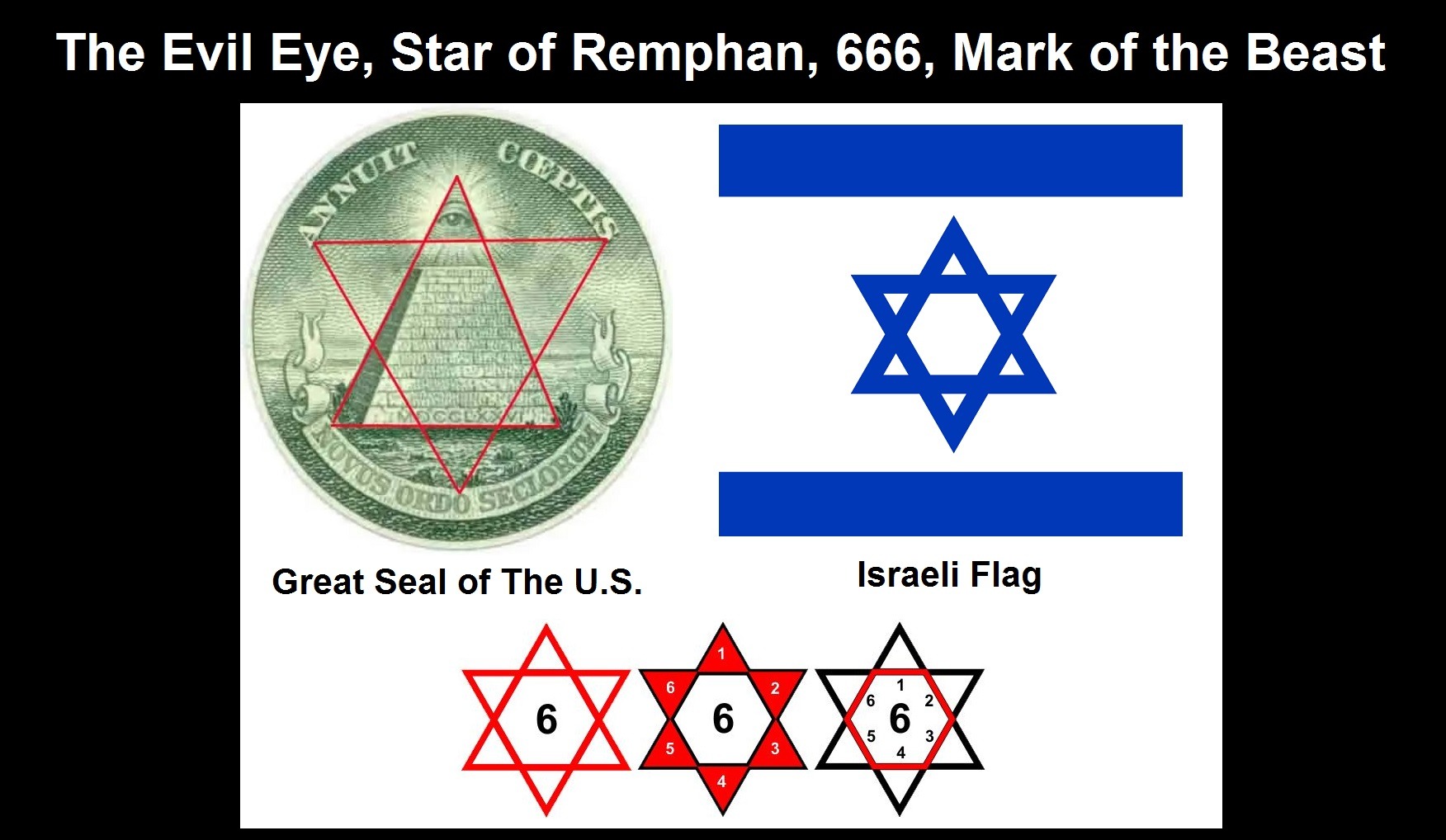


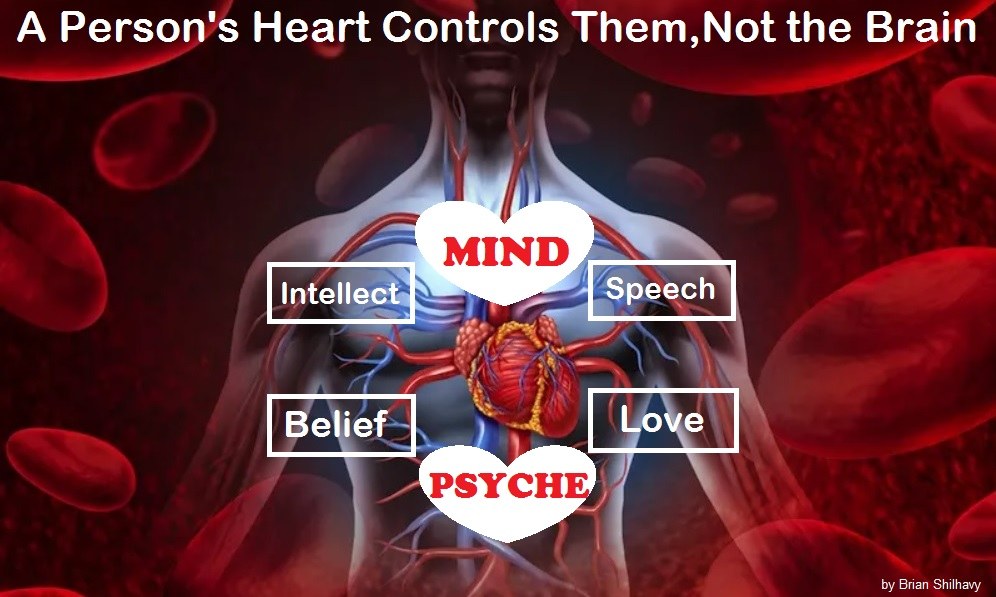
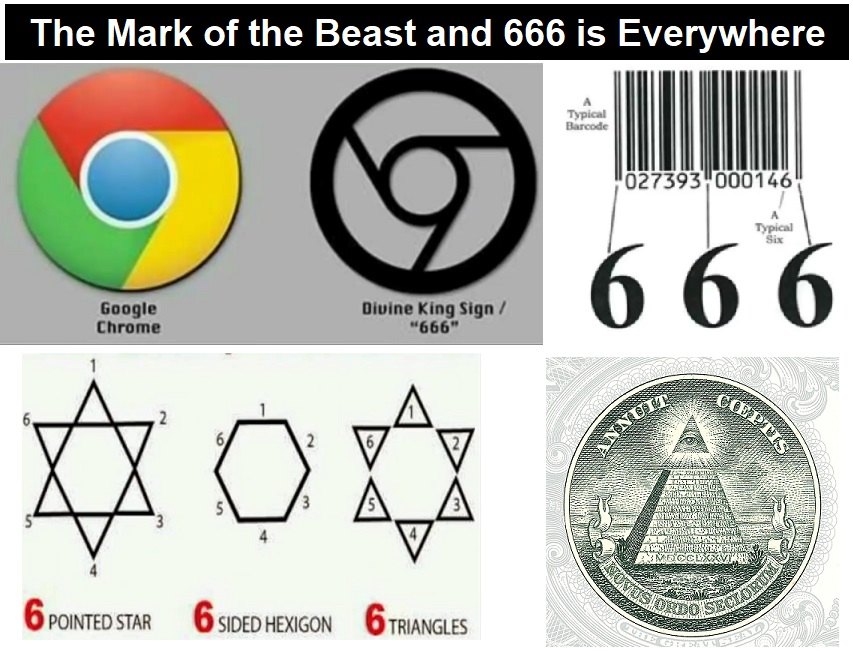

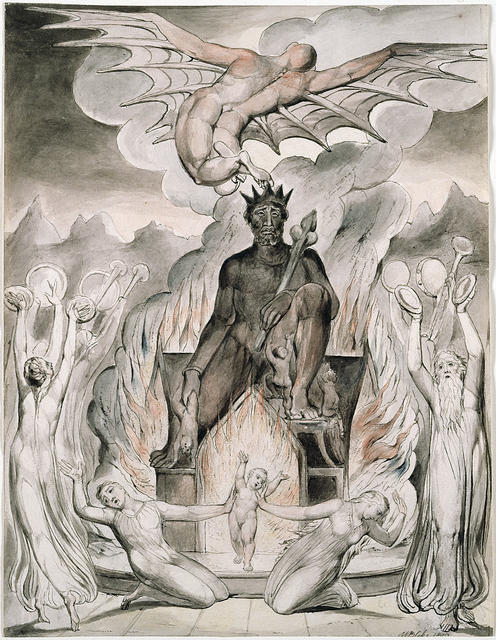


One Comment